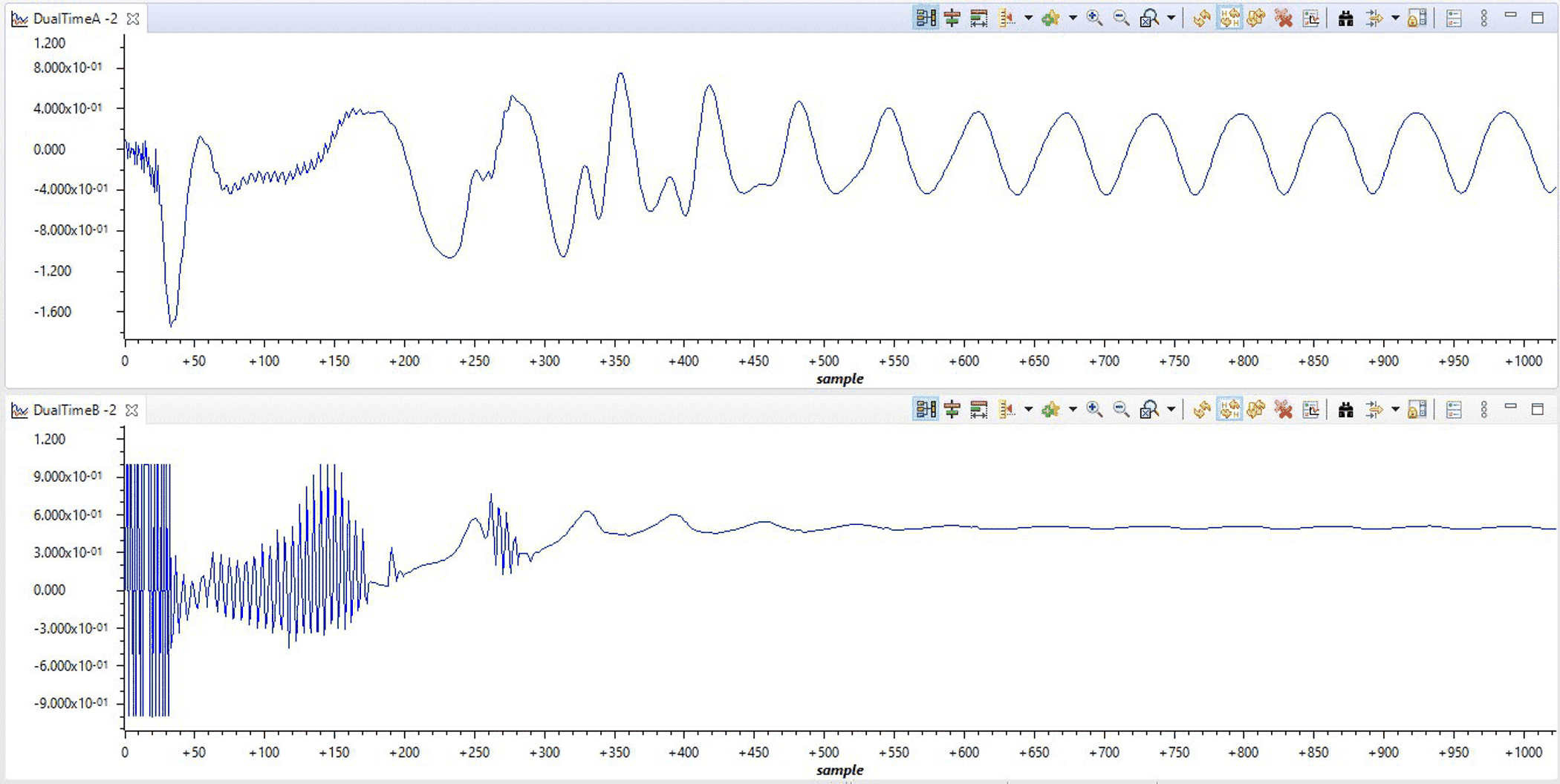SPRACW5A April 2021 – December 2021 F29H850TU , F29H859TU-Q1 , TMS320F2800132 , TMS320F2800133 , TMS320F2800135 , TMS320F2800137 , TMS320F280021 , TMS320F280021-Q1 , TMS320F280023 , TMS320F280023-Q1 , TMS320F280023C , TMS320F280025 , TMS320F280025-Q1 , TMS320F280025C , TMS320F280025C-Q1 , TMS320F280033 , TMS320F280034 , TMS320F280034-Q1 , TMS320F280036-Q1 , TMS320F280036C-Q1 , TMS320F280037 , TMS320F280037-Q1 , TMS320F280037C , TMS320F280037C-Q1 , TMS320F280038-Q1 , TMS320F280038C-Q1 , TMS320F280039 , TMS320F280039-Q1 , TMS320F280039C , TMS320F280039C-Q1 , TMS320F280040-Q1 , TMS320F280040C-Q1 , TMS320F280041 , TMS320F280041-Q1 , TMS320F280041C , TMS320F280041C-Q1 , TMS320F280045 , TMS320F280048-Q1 , TMS320F280048C-Q1 , TMS320F280049 , TMS320F280049-Q1 , TMS320F280049C , TMS320F280049C-Q1 , TMS320F28075 , TMS320F28075-Q1 , TMS320F28076 , TMS320F28374D , TMS320F28374S , TMS320F28375D , TMS320F28375S , TMS320F28375S-Q1 , TMS320F28376D , TMS320F28376S , TMS320F28377D , TMS320F28377D-EP , TMS320F28377D-Q1 , TMS320F28377S , TMS320F28377S-Q1 , TMS320F28378D , TMS320F28378S , TMS320F28379D , TMS320F28379D-Q1 , TMS320F28379S , TMS320F28384D , TMS320F28384D-Q1 , TMS320F28384S , TMS320F28384S-Q1 , TMS320F28386D , TMS320F28386D-Q1 , TMS320F28386S , TMS320F28386S-Q1 , TMS320F28388D , TMS320F28388S , TMS320F28P650DH , TMS320F28P650DK , TMS320F28P650SH , TMS320F28P650SK , TMS320F28P659DH-Q1 , TMS320F28P659DK-Q1 , TMS320F28P659SH-Q1
- Trademarks
- 1Introduction
- 2ACI Motor Control Benchmark Application
- 3Real-time Benchmark Data Analysis
-
4C2000 Value Proposition
- 4.1 Efficient Signal Chain Execution With Better Real-Time Response Than Higher Computational MIPS Devices
- 4.2 Excellent Real-Time Interrupt Response With Low Latency
- 4.3 Tight Peripheral Integration That Scales Applications With Large Number of Peripheral Accesses
- 4.4 Best in Class Trigonometric Math Engine
- 4.5 Versatile Performance Boosting Compute Engine (CLA)
- 4.6 Deterministic Execution due to Low Execution Variance
- 5Summary
- 6References
- 7Revision History
2.4 Validate Application Behavior
The application executes the control loop for 1024 iterations before terminating. The application saves the alpha phase current as well as the per unit motor speed for each execution iteration in buffers DLogCh1 and DLogCh2. These saved values can be plotted in the graphical view in CCS. The profiles of these plots are similar to what would be generated in a real sensorless AC induction motor application. To check that the application has executed correctly, halt the target after the test completes and then graph the saved values by opening 'Tools->Graph->Dual Time', click on 'Import' and select the graph properties file 'aci.graphProp' located in top level folder 'f28004x'. The same graph properties file can also be used for any of the build configuration applications executing on TMS320F28004x or TMS32F2337x target. The alpha phase current is plotted in DualTimeA graph and the per unit motor speed in DualTimeB graph. The X axis has a data point for each of the 1024 samples and the Y axis has the respective values for each of the data points. The profile of the graphs should be similar to Figure 2-2 with the alpha current taking on a sinusoidal-like pattern and the motor speed converging to the expected value of 0.5 units.
 Figure 2-2 Graphical View of Alpha Phase
Current (DualTimeA) and Per Unit Motor Speed (DualTimeB)
Figure 2-2 Graphical View of Alpha Phase
Current (DualTimeA) and Per Unit Motor Speed (DualTimeB)